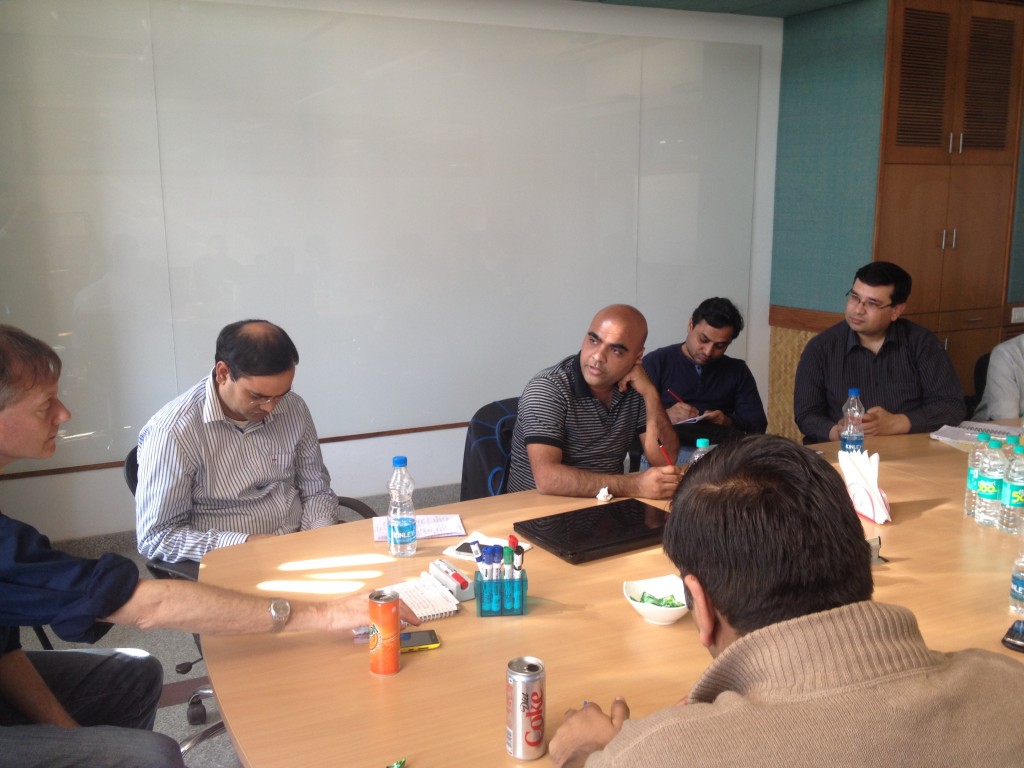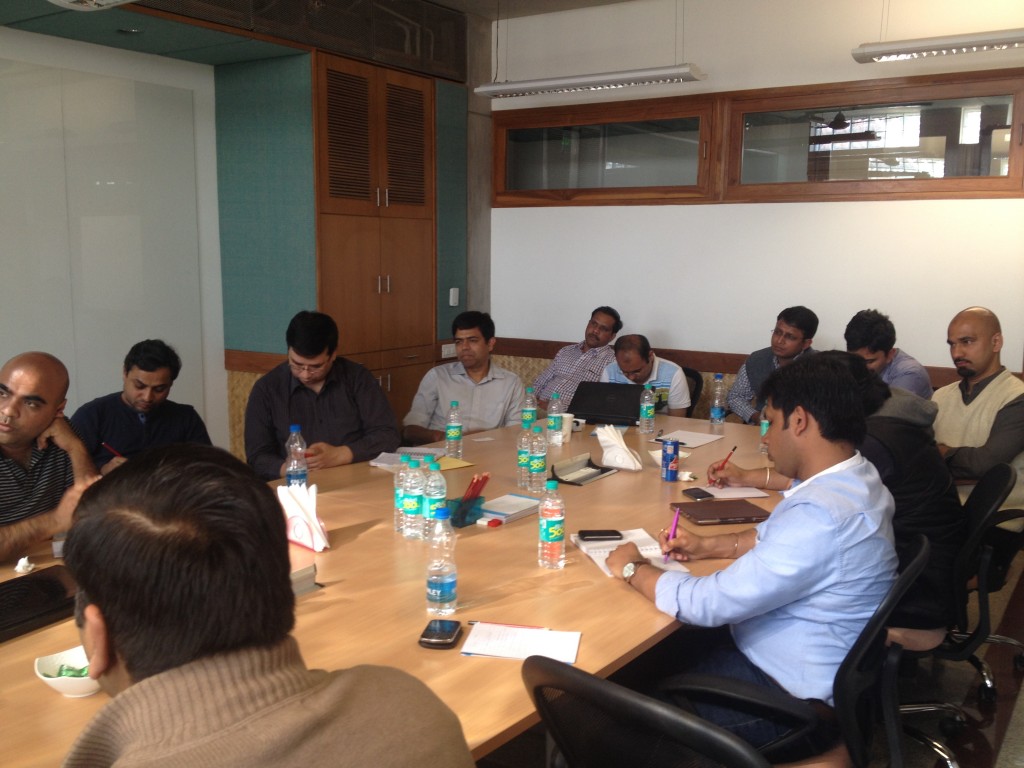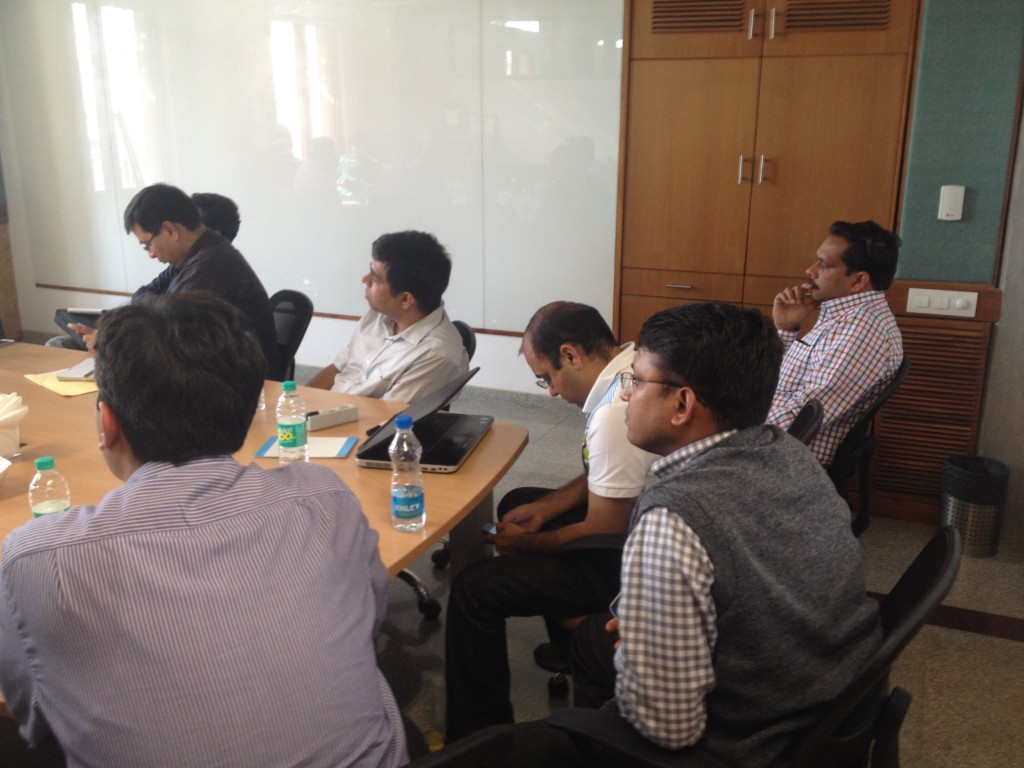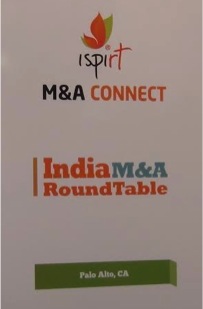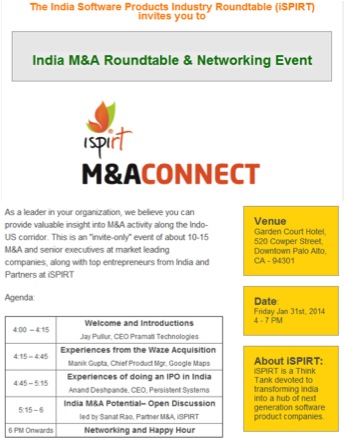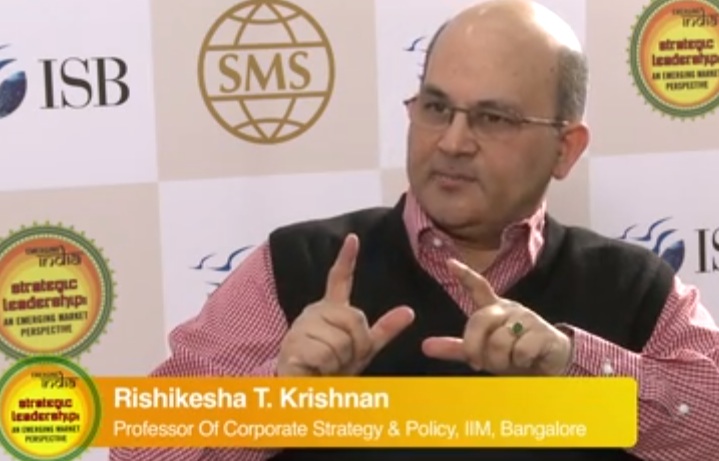Point of Sale software is being used in millions of retail and hospitality businesses who have thousands of different POS software to choose from. A right POS software will give the business a new level of control over operations; increasing efficiency, boosting profits, and will help it fine-tune its business model. The wrong system, however, can be a waste of money, time and a source of frustration.
The mistake retailers often make is to buy software that is not intended for their industry and this confusion mainly arises from the wide range of features available in thousands of software in the market. For example, a gift shop has much different needs than a car dealer and a liquor store doesn’t need the same software as a clothing store. So the same POS software will not be compatible to all of them. The differences in features and intended uses of a POS can have a huge impact on your business.
Organisations need to narrow their search to the specific industry and it will be well on its way to money well spent and a POS software system that makes your life easier and business more profitable.
Here are 7 common features to look into while buying a POS for any Small, Medium or Large Retail Business:
Features
- Fast checkout: A retail POS software should be able to simplify the checkout process. This means that it should not take the sales team’s much manual effort to complete a transaction. If there is still a manual process that the team has to go through, then the POS software needs a replacement.
- Inventory tracking: A POS should make the inventory management process effortless. One should be able to monitor all the critical information about the store from individual transactions to purchases. This will make the ordering from vendors easy & the inventory manager would not waste time calculating the re-order level.
- Customer Data: A good POS can help convert the data on customer’s profile into information. As a use case, it will let the purchase team know what products the customers buy more frequently and thus the team can place orders accordingly. The data can also help the customer relation team build an effective loyalty program, which can increase sales in the long term.
- Automated Purchasing Program: A good POS allows the business to have a streamlined process of connecting with suppliers. For example, if the retail outlet is running low on a critical product, with the help an Automated Purchasing Program, the POS can easily get connected with the suppliers in no time and place the order for the required quantity required quantity
- Capabilities for multiple location / Mobility: A good POS should also offer online access which helps you stay connected with the business from anywhere remotely. It is a convenient feature for franchises and business having more than one location.
- Payment Card Industry (PCI) Agreement: It is one of the most important features which can help the business build trust with its customers as it will protects customers’ credit card details. An organization may face legal issues if the POS does not have this feature.
- Reporting tools: Every Retail POS should have a reporting feature which is user friendly. It should store information such as product styles or models, weekly sales, monthly sales, annual sales and hourly transactions.
These 7 features are essential for any POS software and ensuring the above feature will increase effectiveness and efficiency of any Retail or Super-Market.
Here are some softwares that you find useful:
- Elite POS by Accusol Technologies Pvt. Ltd for Restaurants.
- Flexi POS by eRetail Cybertech Pvt.Ltd for Chain stores, Franchise stores, Supermarkets, Hypermarkets
- TruePOS by GoFrugal Technologies a cloud based solution for Retail & Restaurant Businesses.
- Hdpos Retail SHOP by HyperDrive Infotech Pvt. Ltd for Retail Stores.
- Marg Counter by Marg Compusoft Pvt. Ltd for Retail Chains.
- Pact POS by Pact Software Services Pvt. Ltd for Retail Management.
- Palak soft POS PalakSoft Technologies for Retail General Stores.
- POSist by Posist Technologies a could based POS for Restaurants.
- Touche POS by Prologic first for Retail operations, bar or pub, food court, and cafeteria.
- Fusion Retailing by Rance Lab for Restaurants, Footware, Apparel, Spa & Salon San.
- Retail POS by San Software Global Private Ltd for Retail Billing Softwares.
To find POS with these features you can visit our the Point of Sale page on SotfwareSuggest.com
With Inputs from Sarthak Malani, at SoftwareSuggest.com





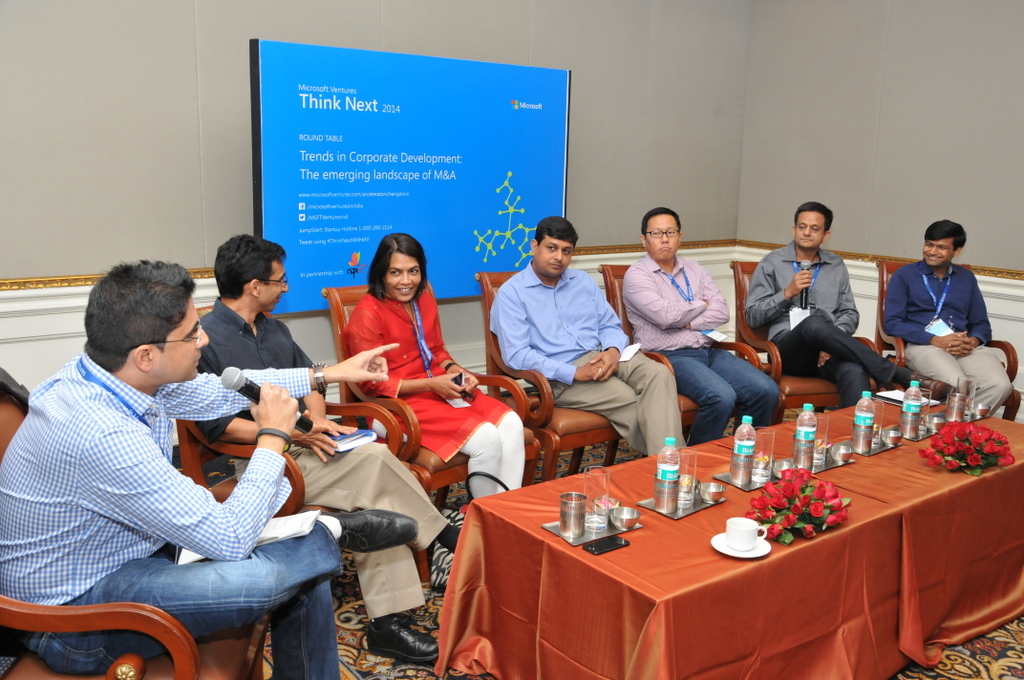 Last Friday, I hosted the M&A Panel at
Last Friday, I hosted the M&A Panel at 

